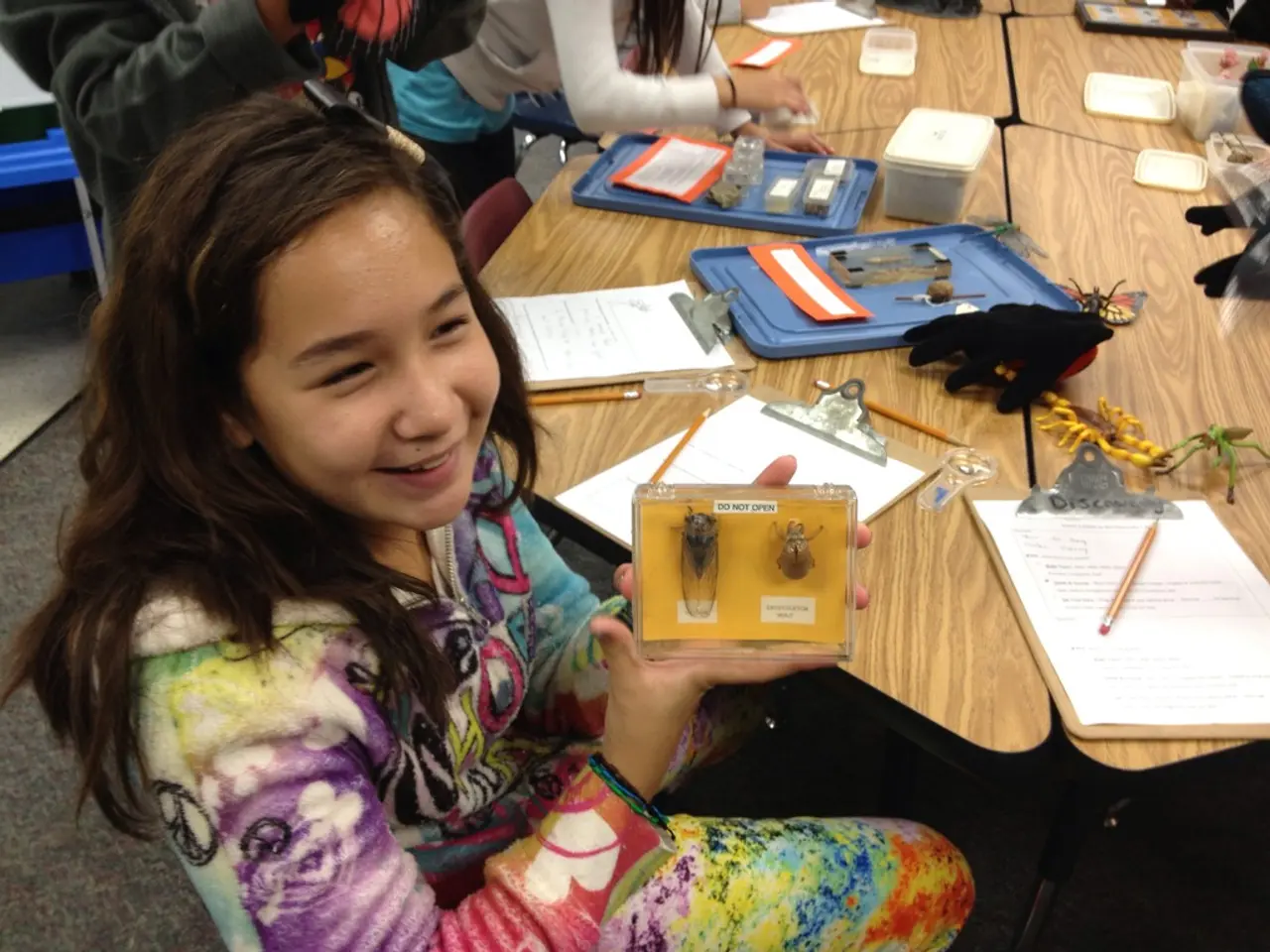Statistics: Description of a 'Sample'
=================================================================================================
When conducting a survey, one of the crucial decisions researchers face is how to select their sample. Two primary methods of sampling exist: probability and non-probability sampling. Each method has its advantages and disadvantages, and understanding them can help ensure a more accurate and representative outcome for your study.
Probability Sampling: The Path to Representativeness
Probability sampling methods provide every member of the population with a known, non-zero chance of being selected. This approach reduces bias and makes the samples more representative and generalizable to the population. Common types of probability sampling include:
- Simple random sampling: Every individual has an equal chance; selection is completely random (like a lottery).
- Systematic sampling: Selects every kth individual from a list after a random start point.
- Stratified sampling: The population is divided into subgroups (strata) based on shared characteristics, then random samples are drawn from each stratum to ensure representation.
- Cluster sampling: The population is divided into clusters (often geographically), and some clusters are randomly selected, then all or a sample of units within chosen clusters are studied.
These methods are more complex, time-consuming, and costly than non-probability methods, but they are essential when representativeness and the ability to generalize are important. They usually require a complete sampling frame.
Non-Probability Sampling: Quick and Convenient, but with Risks
Non-probability sampling methods do not give every member of the population a known or equal chance of selection. Instead, they rely on subjective judgment or convenience. Examples include:
- Convenience sampling: Selecting individuals easily accessible to the researcher.
- Judgmental (or purposive) sampling: Selection based on the researcher’s judgment about who is most useful or representative.
- Quota sampling: The researcher fills quotas for subgroups non-randomly to reflect the population's proportions.
- Snowball sampling: Existing study subjects recruit future subjects from among their acquaintances, often used in hard-to-reach populations.
These methods are quicker, cheaper, and easier to implement but have higher risks of bias and less generalizability. They are often used in exploratory research or when probability sampling is impractical.
A Comparison of Probability and Non-Probability Sampling
Here's a summary of the key contrasts between probability and non-probability sampling:
| Aspect | Probability Sampling | Non-Probability Sampling | |-------------------------|----------------------------------------|-----------------------------------------| | Selection basis | Random | Non-random (subjective) | | Representativeness | More representative | Less representative | | Bias | Less bias | More bias | | Generalizability | Results generalizable | Limited generalizability | | Complexity | More complex, time-consuming | Simpler, faster | | Cost | Generally higher | Generally lower | | Statistical analysis | Enables robust statistical inference | Limited statistical analysis |
In summary, probability sampling methods (simple random, systematic, stratified, cluster) are used when representativeness and the ability to generalize are important, while non-probability sampling methods (convenience, judgmental, quota, snowball) are suited for exploratory studies or when constraints prevent full random sampling.
Another approach to collecting samples is 'snowball sampling', which involves the recruitment of participants via other participants. This method can be particularly useful in hard-to-reach populations.
When it comes to surveys, using a sample can help save money by reducing the number of people involved and the resources required. Snowball sampling could involve offering incentives, such as free gifts, vouchers, or other incentives, to get people to suggest it to their friends, family, and colleagues.
Taking a sample during a survey is a good time-saving technique, as it means you can gauge the key factors at play within an area, without having to ask every single person in the entire city or county. However, it's essential to remember that results from voluntary response sampling are inherently biased, as it is only specific types of people who are likely to volunteer.
In conclusion, choosing the right sampling method depends on the nature of your study, the resources available, and the level of representativeness required. By understanding the differences between probability and non-probability sampling, you can make an informed decision and ensure your survey results are accurate and reliable.
- In the process of research, understanding probability sampling methods, such as simple random sampling, systematic sampling, stratified sampling, and cluster sampling, is crucial as they offer a known, non-zero chance of selection for every individual, reducing bias and ensuring a representative outcome.
- When statistical analysis and generalizability aren't essential, non-probability sampling methods, like convenience sampling, judgmental sampling, quota sampling, and snowball sampling, may be more suitable due to their simplicity, speed, and lower cost.
- Demographics play a significant role in sample selection, with stratified sampling dividing the population into subgroups to ensure representation, while quota sampling fills non-random quotas for subgroups to reflect population proportions.
- In the realm of education-and-self-development, understanding sampling methods equips individuals with the skills necessary to design effective surveys, enhancing their ability to draw accurate conclusions from collected data.
- The media often reports on survey findings, and understanding the sampling methods used can help the public evaluate the credibility and generalizability of the results.




